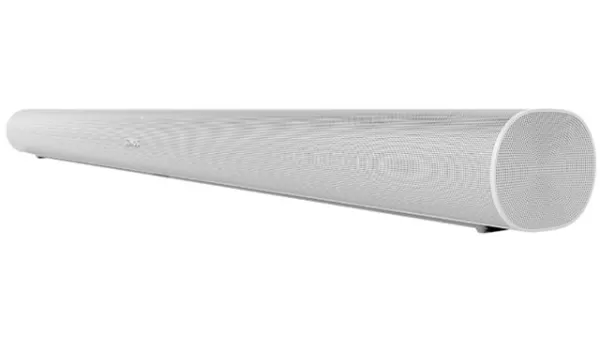MicroSD Express: Why Nintendo Switch 2 Needs It
Last week, Nintendo announced the Nintendo Switch 2, revealing that the new console exclusively supports expansion via MicroSD Express cards. This decision might be inconvenient for those with existing MicroSD collections, but it's a smart move due to the superior speed of MicroSD Express. These cards interface with the console using technology that matches the UFS (Universal Flash Storage) speeds of the Switch 2's internal storage, theoretically allowing games on expansion cards to load as quickly as those stored internally. However, this benefit comes at the cost of compatibility with cheaper, non-Express MicroSD cards.
MicroSD vs. MicroSD Express
Over the years, MicroSD cards have seen six different speed ratings. Starting with an initial speed of 12.5MB/s, which is slow by today's standards, the progression has been significant. From SD High Speed at 25MB/s to SD UHS III (Ultra High Speed) at 312MB/s, speeds have continuously improved. Five years ago, the SD Association introduced the SD Express standard, which dramatically increased performance.
The key difference with SD Express is its use of a PCIe 3.1 interface, unlike the slower UHS-I interface of traditional SD cards. PCIe is the same technology used by faster NVMe SSDs, enabling much higher data transfer rates. Full-sized SD Express cards can achieve speeds up to 3,940MB/s, a vast improvement over older SD cards.
While MicroSD Express cards don't reach the top speeds of their full-sized counterparts, they are still impressively fast, with read/write speeds up to 985MB/s—three times faster than the fastest non-Express MicroSD cards.
Why Does the Switch 2 Require MicroSD Express?
Nintendo has not explicitly detailed its rationale for requiring MicroSD Express cards, but the primary reason is likely speed. A game installed on a MicroSD Express card will load much faster than on a traditional UHS-I MicroSD card due to the PCIe 3.1 interface. This requirement might soon extend to handheld gaming PCs as well.
The internal storage of the Nintendo Switch 2 has been upgraded to UFS from eMMC, aligning with the decision to require similarly fast expansion storage. Early demos suggest significant load time improvements, ranging from a 35% reduction when fast traveling, as reported by Polygon, to a threefold initial load improvement, according to Digital Foundry. These improvements may be due to faster internal storage or enhanced CPU and GPU capabilities that can unpack data more quickly. The goal is to ensure that future games requiring faster disk speeds are not hindered by slower SD card performance.
This requirement also paves the way for even faster storage solutions in the future. The current fastest SD standard, SD 8.0 Specification, allows full-sized SD Express cards to reach speeds up to 3,942MB/s. Although MicroSD Express cards cannot match these speeds yet, future advancements could see them do so, provided the Nintendo Switch 2 supports such speeds.
Answer See ResultsMicroSD Express Capacity Options
MicroSD Express cards are still gaining popularity, but this is expected to change with the Nintendo Switch 2's launch. Currently, options are limited. Lexar offers a single MicroSD Express card in 256GB, 512GB, and 1TB capacities, with the 1TB variant priced at $199.
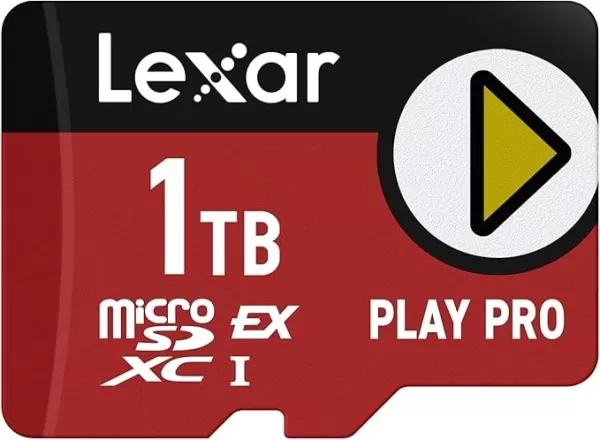
Lexar Play Pro MicroSD Express
0 See it at AmazonSanDisk currently lists only one MicroSD Express card, with a maximum capacity of 256GB, matching the internal storage of the Switch 2. At the time of the Switch 2's launch, expect few options beyond 512GB, though this should change as companies like Samsung increase production of these cards.
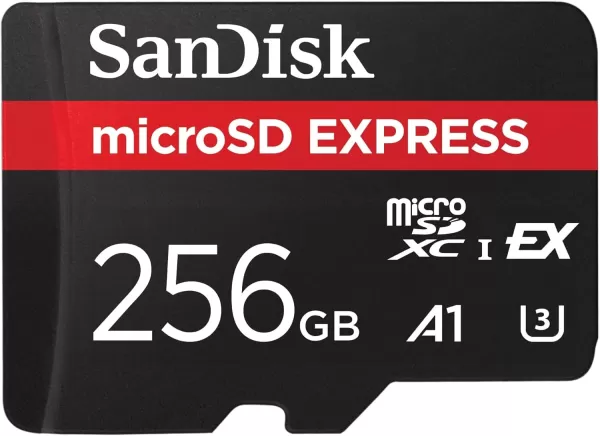
SanDisk MicroSD Express 256GB
0 See it at Amazon-
1

GTA 6 Set for Fall 2025 Release, CEO Confirms
Apr 03,2025
-
2

First ALGS in Asia Emerges in Japan
Jan 19,2025
-
3

Roblox: CrossBlox Codes (January 2025)
Mar 04,2025
-
4

Introducing the Ultimate Guide to Seamless Character Swapping in Dynasty Warriors: Origins
Feb 25,2025
-
5

Cute mobs in Minecraft: pink pigs and why they are needed
Mar 06,2025
-
6

Max Hunter Rank in Monster Hunter Wilds: Tips to Increase
Apr 04,2025
-
7

Capcom Spotlight Feb 2025 Showcases Monster Hunter Wilds, Onimusha and More
Apr 01,2025
-
8
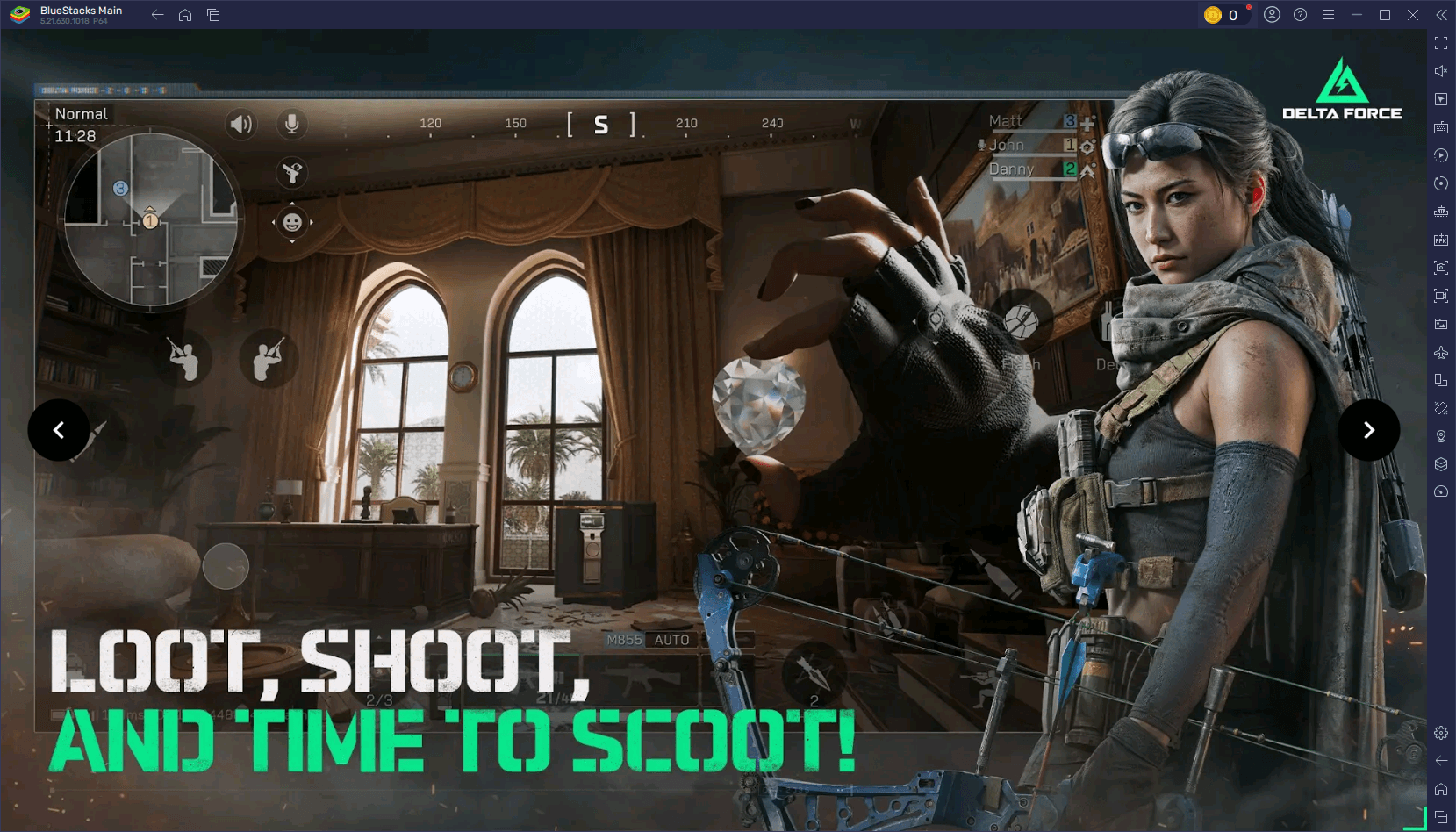
Delta Force Mobile: Beginner's Guide to Getting Started
Apr 23,2025
-
9
![Roblox Forsaken Characters Tier List [UPDATED] (2025)](https://img.jdzca.com/uploads/18/17380116246797f3e8a8a39.jpg)
Roblox Forsaken Characters Tier List [UPDATED] (2025)
Mar 05,2025
-
10
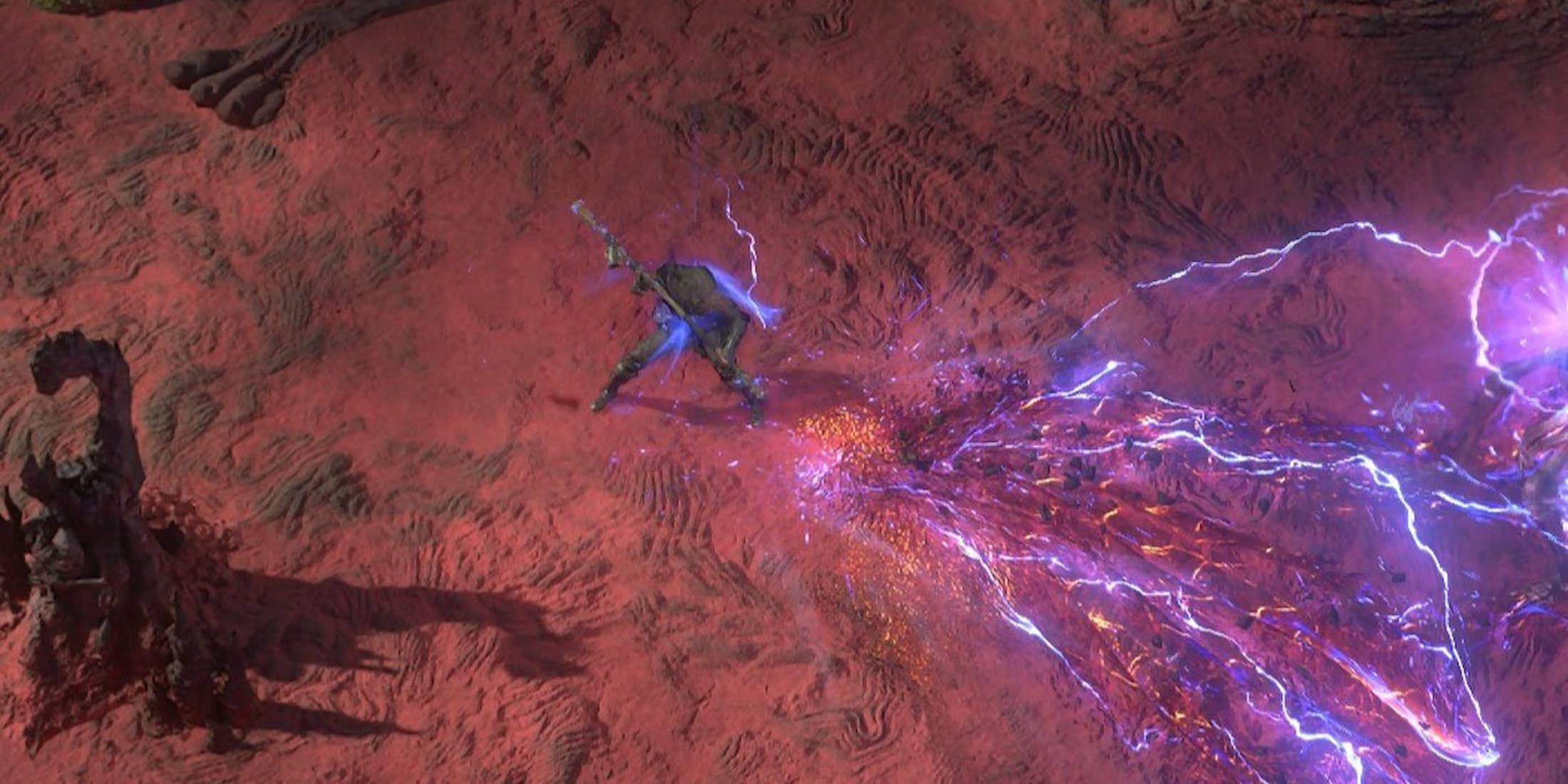
Power Charges in Path of Exile 2: Explained
Apr 03,2025
-
Download

Portrait Sketch
Photography / 37.12M
Update: Dec 17,2024
-
Download

Friendship with Benefits
Casual / 150.32M
Update: Dec 13,2024
-
Download
![[NSFW 18+] Sissy Trainer](https://img.jdzca.com/uploads/16/1719638919667f9b874d57e.png)
[NSFW 18+] Sissy Trainer
Casual / 36.00M
Update: Dec 11,2024
-
4
F.I.L.F. 2
-
5
슬롯 마카오 카지노 - 정말 재미나는 리얼 슬롯머신
-
6
Shuffles by Pinterest
-
7
Pocket Touch Simulation! for
-
8
Life with a College Girl
-
9
Chubby Story [v1.4.2] (Localizations)
-
10
Hunter Akuna


